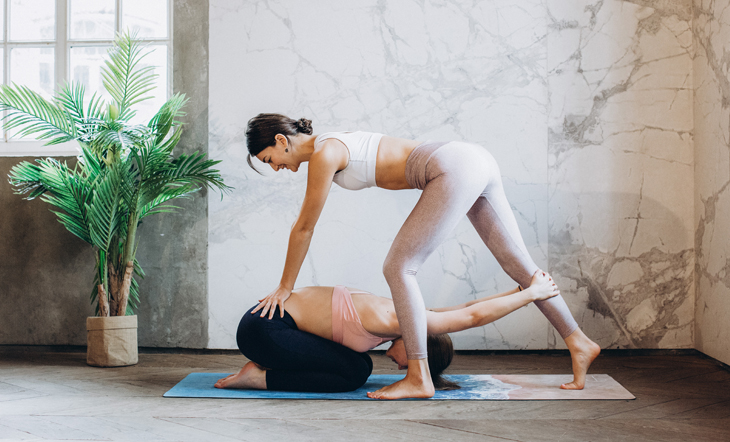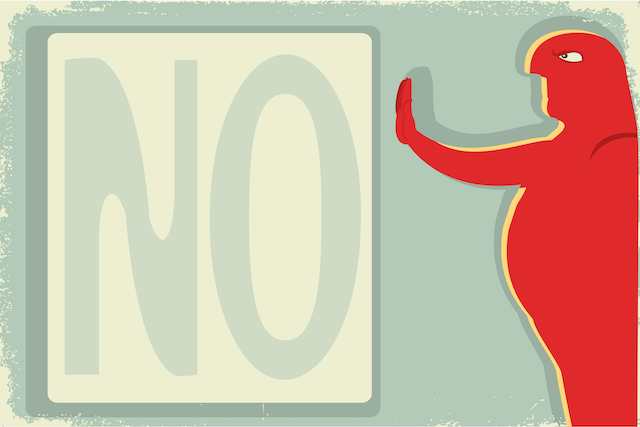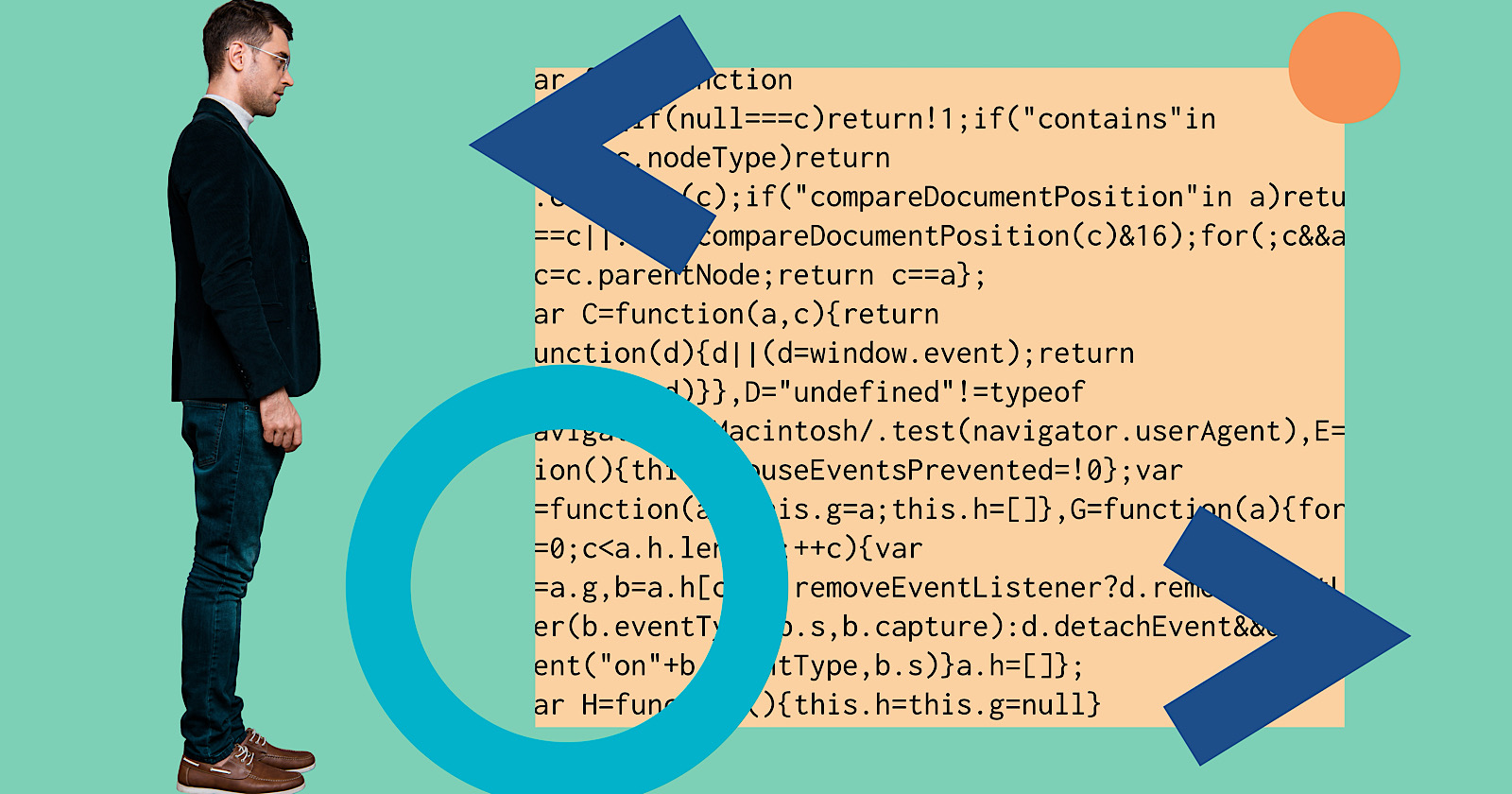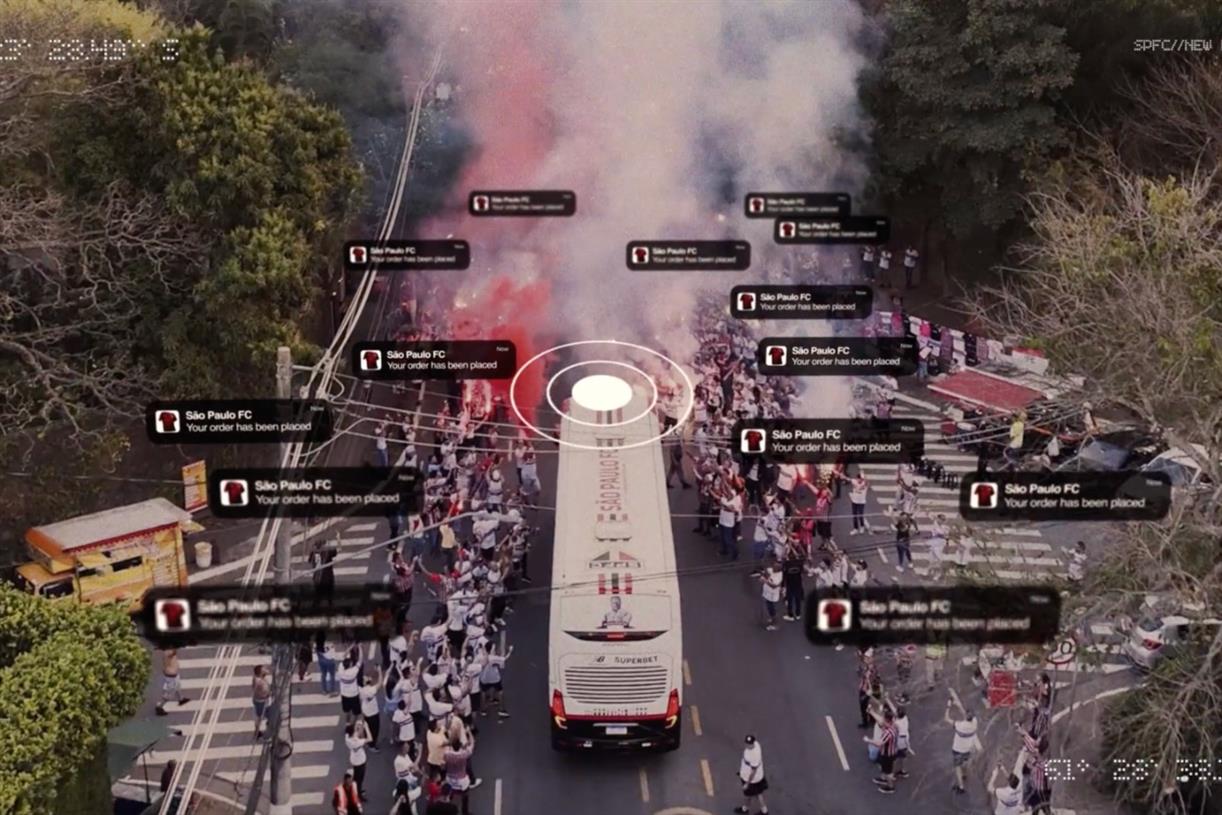6 Factors That Trigger Frizzy Strands + How To Effortlessly Style Your Hair
If you want to tame your frizz, we've got you covered.
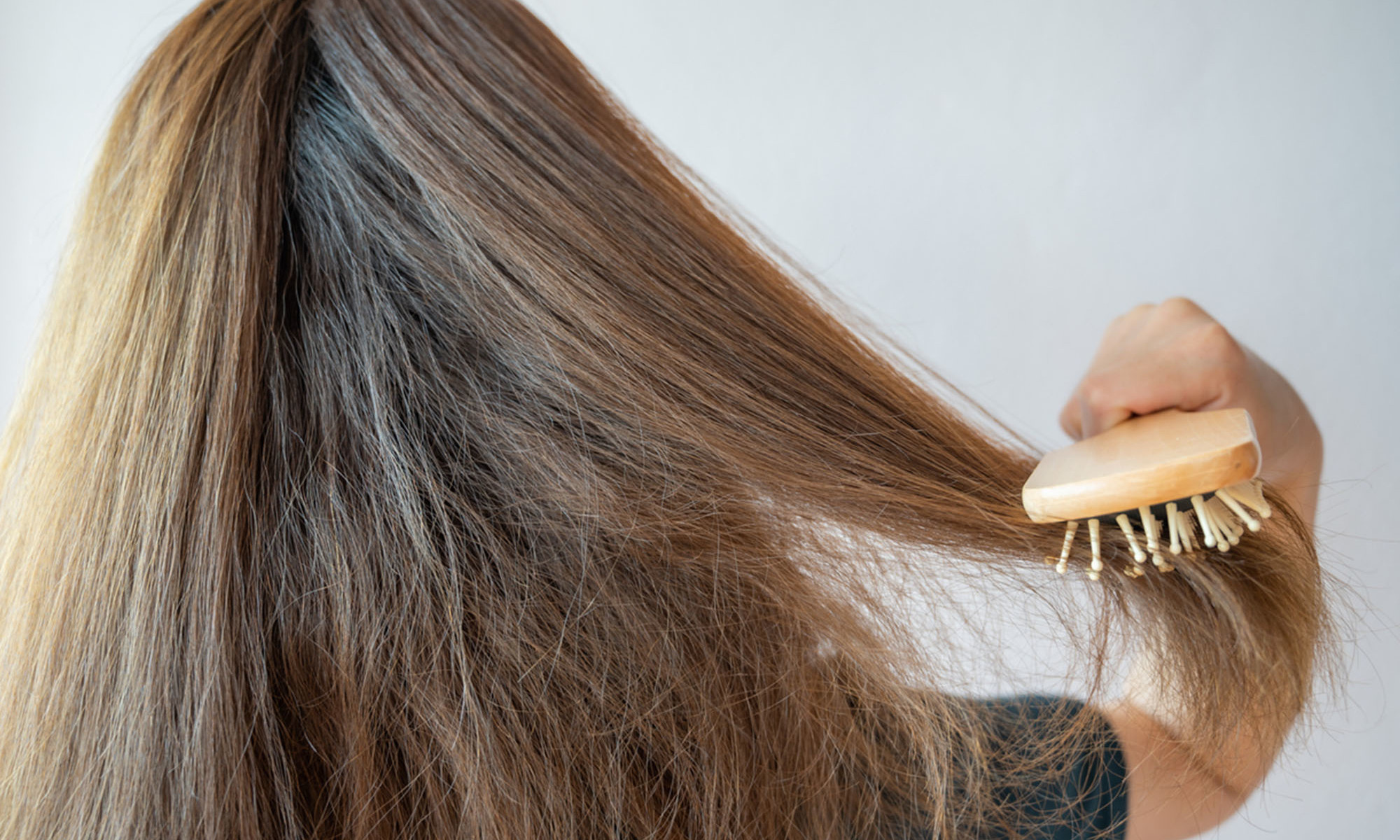

mbg Assistant Beauty Editor
mbg Assistant Beauty Editor
Hannah Frye is the Assistant Beauty Editor at mindbodygreen. She has a B.S. in journalism and a minor in women’s, gender, and queer studies from California Polytechnic State University, San Luis Obispo. Hannah has written across lifestyle sections including health, wellness, sustainability, personal development, and more.
Image by Boyloso // iStock October 24, 2022 Messy makeup? It’s in. Messy hair? That too. As if you ever needed what’s trending to dictate whether a messy chic look is the epitome of effortlessly sexy, right? That being said, we know frizz can be a bit much to handle sometimes. In the name of hair health, sometimes frizz is a sign that your hair needs some T.L.C.—but not always. Here’s the nuances of what causes and how to tame frizzy strands. 
Advertisement
This ad is displayed using third party content and we do not control its accessibility features.
What is frizzy hair and what does it look like?
If you take a look at a single strand of hair, it might not look frizzy at all. Yet with all of your hair combined, a straggly look may appear—why is that? Well, frizz doesn't necessarily take over every single strand. “Frizzy hair is caused by the cuticle being flared,” stylist Amy Stollmeyer tells mbg.
“Think of shingles on a roof, aligned and lying flat,” Stollmeyer says. When the many causes of frizzy hair take place (more on that next), they can all cause the cuticle (AKA the shingles) to raise and flare out, she explains.
“This creates a rougher and ‘frizzy’ surface texture as well as allows moisture to enter and swell the hair strands,” Stollmeyer notes. But what does this actually look like? Let’s be honest—frizz is subjective.
If you tend to have very slick, straight hair, then a slight frizz for you might be the smoothest day of all for someone else, and vice versa. We all know what frizz can look like on our own hair, and that’s what matters most in terms of taming (or styling) your strands.
Causes of frizzy hair.
Frizz can either be inherent to the hair type or caused by lifestyle—or a combination of both. Here, some of the common frizz-inducing culprits.
Advertisement
This ad is displayed using third party content and we do not control its accessibility features.
1.
You have it naturally.
Some hair types are more prone to frizz than others. More specifically, “Natural textured waves and curls commonly have a degree of frizz,” Stollmeyer says. “The hair strand naturally bends and twists and cuticles may not lie as flat,” she continues.
While your strands may be particularly susceptible to frizz, that doesn’t mean it’s an end-all-be-all situation—there are plenty of frizz remedies out there (up next, so stay tuned).
If you go from the dry desert to a high-humidity area, your strands may frizz—especially when you’re not used to styling your hair for the new weather. “Humidity causes the cuticle to absorb water, making the hair swell up and frizz out,” stylist George Papanikolas notes.
“The moisture is absorbed into the cortex, or the long fibers at the core of each strand, and is especially problematic for curly and wavy hair,” Papanikolas explains.
Humidity can’t be avoided most of the time, however, styling tips will be your best bet for managing frizz in any climate, even those with a high dew point.
Advertisement
This ad is displayed using third party content and we do not control its accessibility features.
3.
Drying hair products & product overuse.
Especially if your strands are frizzy and brittle, you may be overusing shampoo or using drying formulas. “Harsh products can strip the hair of natural oils and make the cuticle open and flare causing it to be more prone to frizz,” Papanikolas says.
A few common products that may dry out your strands include shampoos with sulfates, hair spray, dry shampoo, and some purple shampoos. However committing to a solid conditioning routine post-wash will help replenish some of the moisture lost by drying products.
It can also depend on how you use said products. A shampoo may not be the problem, but instead of how much you shampoo. Daily washing can be hard on hair (especially curly hair), so frizz may be an indication that you need to reduce your shampoo schedule.
If your hair gets frizzy regardless of climate, anti-frizz products, or styling method, it may be caused by heat damage. Especially if you notice frizz in the areas you iron or blow dry the most (the bangs, for example) that's a dead giveaway. While heat styling your hair isn't off limits, frizz may be a sign that you're going a bit overboard—and as always, please use a heat protectant.
Advertisement
This ad is displayed using third party content and we do not control its accessibility features.
5.
Color-treatments—especially bleach.
“Color and bleaching hair strips the natural oils and causes the cuticle to swell—These both are major culprits in causing frizz,” Papanikolas says. Bleaching will typically be more damaging to the hair, which is why it’s so important to go to a professional you trust and ease into your bleached look (translation: don’t go from full-head brown to full-head platinum in one day).
6.
Friction from towels or pillow cases.
If you’ve ever wondered why silk pillowcases and microfiber hair towels are a must-have for stylists everywhere, it’s because they mitigate friction. “Friction is a big culprit to frizz for waves and curls,” Stollmeyer reiterates.
To minimize friction, try to prevent your hair from rubbing harsh surfaces like rough fabric or dirty hot tools.
Advertisement
This ad is displayed using third party content and we do not control its accessibility features.
Styling tips for frizzy hair.
Like we said earlier—you don’t have to lose the frizz if you don’t want to. However, if it is bothersome, these styling tips may help smooth out your strands.
1.
Smoothing leave-in products.
Invest in a rich cream leave-in conditioner, hydrating serum, or omega-rich oils to apply post-wash. “If the hair is already saturated and coated with nutrient-rich ingredients, it is far more protected from being affected by the elements that contribute to frizz,” Stollmeyer explains.
A few ingredients Stollmeyer recommends looking out for:
A blowout can help minimize frizz, if done right. “For smoothing the hair with heat make sure you’re opting for heat protection, serum, and a light flexible spray gel could be another great addition to maintain the style and repel frizz,” Stollmeyer says.
Rather than blowdrying your hair sans brush (i.e. an express job), use a rounded bristle brush to smooth the hair while drying for a silky, touchable finish.
If you have curly hair, using a diffuser can help minimize frizz too. Stollmeyer recommends starting with a heat-protectant and curl gel from roots to ends (her go-to is the DesignMe Bounce.Me Curl Bomb).
Again—frizz is one of the pillars of a timeless and effortlessly sexy, intentionally messy look. If you don’t feel like taming your frizz, let it fly. Especially if you have curly or wavy hair, sometimes a bit of frizz can add a volume boost you didn’t know you wanted.
The takeaway.
If you want to tame your frizzy strands, first find out what’s causing it—if anything. To tame the stragglers, use hydrating and smoothing ingredients post-wash and put heat protectant and hair care first. For styling, reach for the blow dryer or diffuser and keep in mind that regardless, sometimes frizz is inevitable and that’s okay. If you think heat damage is causing your frizz, start here.

 ValVades
ValVades 








